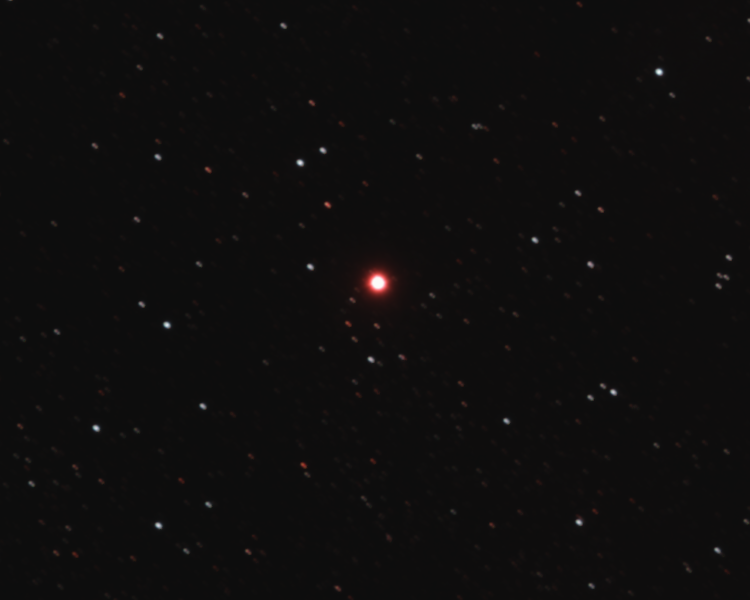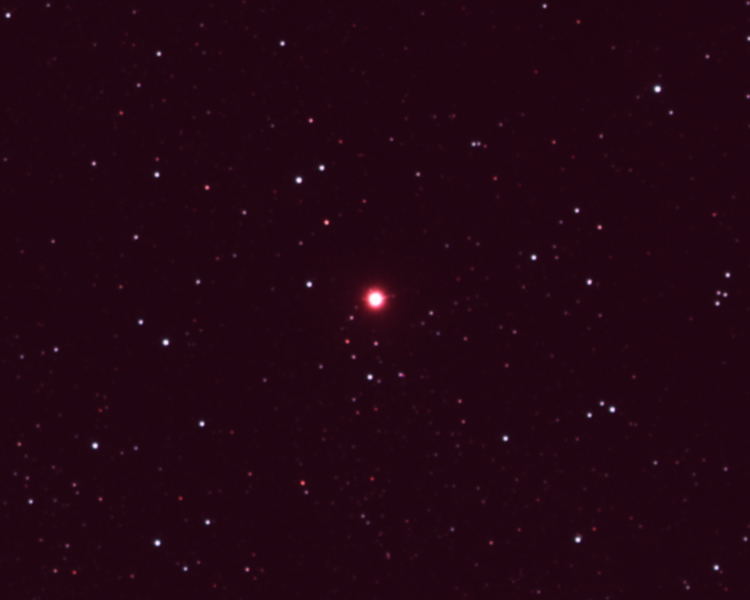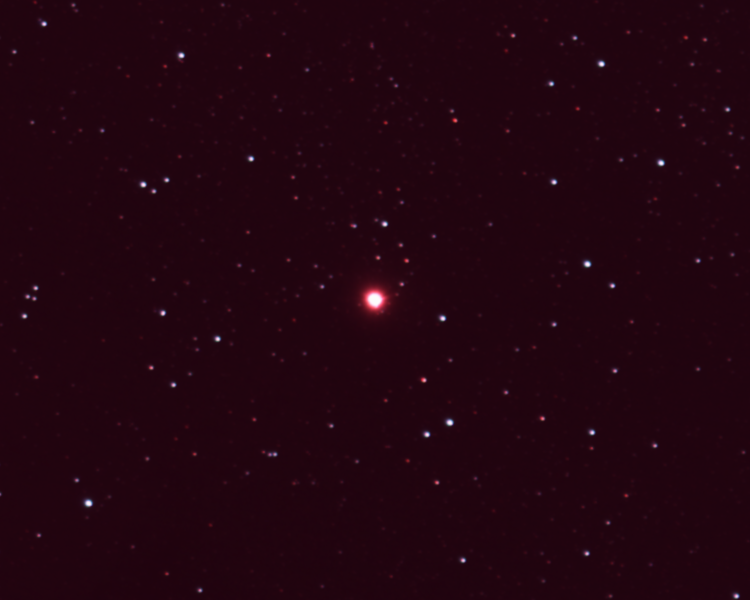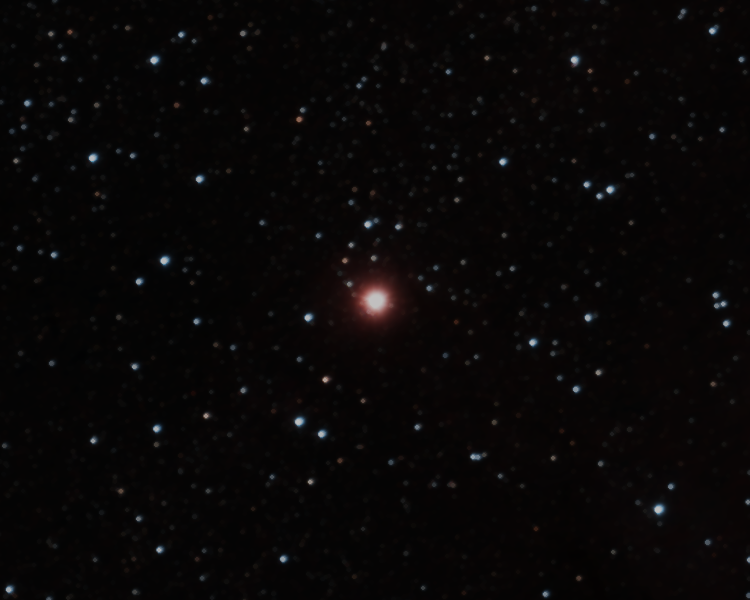My latest stack has weirdly dumbbell shaped small stars with nice round larger stars. Attached is a crop of near-center frame around the Garnet Star. Most of the smaller stars have 2 distinct centers.
My Setup:
Main:
WO Redcat71 with helical focuser (348mm, f/4.9)
Nikon Z5 (6016 x 4016 pixels @ 5.94um)
Guide:
WO Uniguide 32mm (120mm, f/3.75)
ASI120mm Mini (1280 x 960 pixels @ 3.76um)
Mount:
Sky Watcher Star Adventurer GTi
I am pretty close to the weight limit but have the rig well balanced. Polar alignment was < 1" on RA and Dec and < 2" overall. Subframes were 300s at ISO 1600 with Askar C2 filter. Guiding errors are 0.5"-0.8" before meridian and 0.7"-1.5" after, worst the hour after meridian. Target was ~70-75 deg altitude at meridian. I did notice Dec corrections in both directions but they were far apart. Haven't figured out how to get the guiding logs from ASIAir Mini yet (is it even possible?).
So what might be causing these weird stars shapes for smaller stars? Here are my guesses in decreasing order of how likely I think they are:
1. My guiding settings are chasing the average seeing conditions causing the mount to oscillate. I started the night with 70% RA aggressiveness and 90% Dec, with a 0.2px trigger. But after the meridian flip, the dithering settling time was > 10s-15s and corrections were few and far apart. So changed the aggressiveness to 75% then 80% on RA, 95% then 100% on Dec and the guiding trigger to 0.1px. Guiding seemed to get better at first then got worse.
2. Tilt in the OTA? All the small stars are trailing in the same direction so not sure if this is the case. New to telescopes, used lots of camera lenses, so looking for input from more experienced folks.
3. Collimation problems? Its a Petzval design but the nice round Garnet Star albeit over-exposed makes me thing otherwise.
4. Something else?

Thanks in advance,
GD
Clear Skies!





